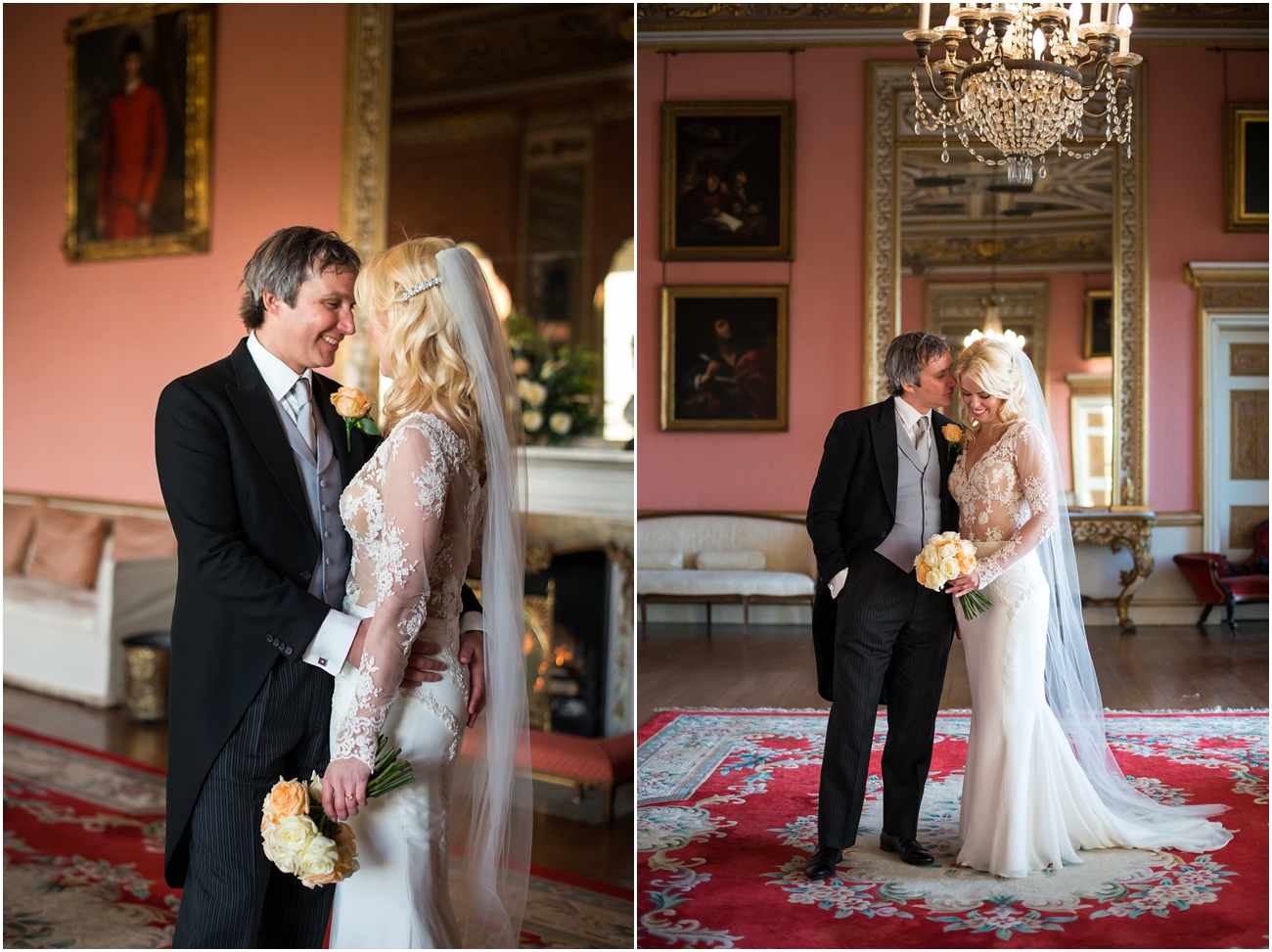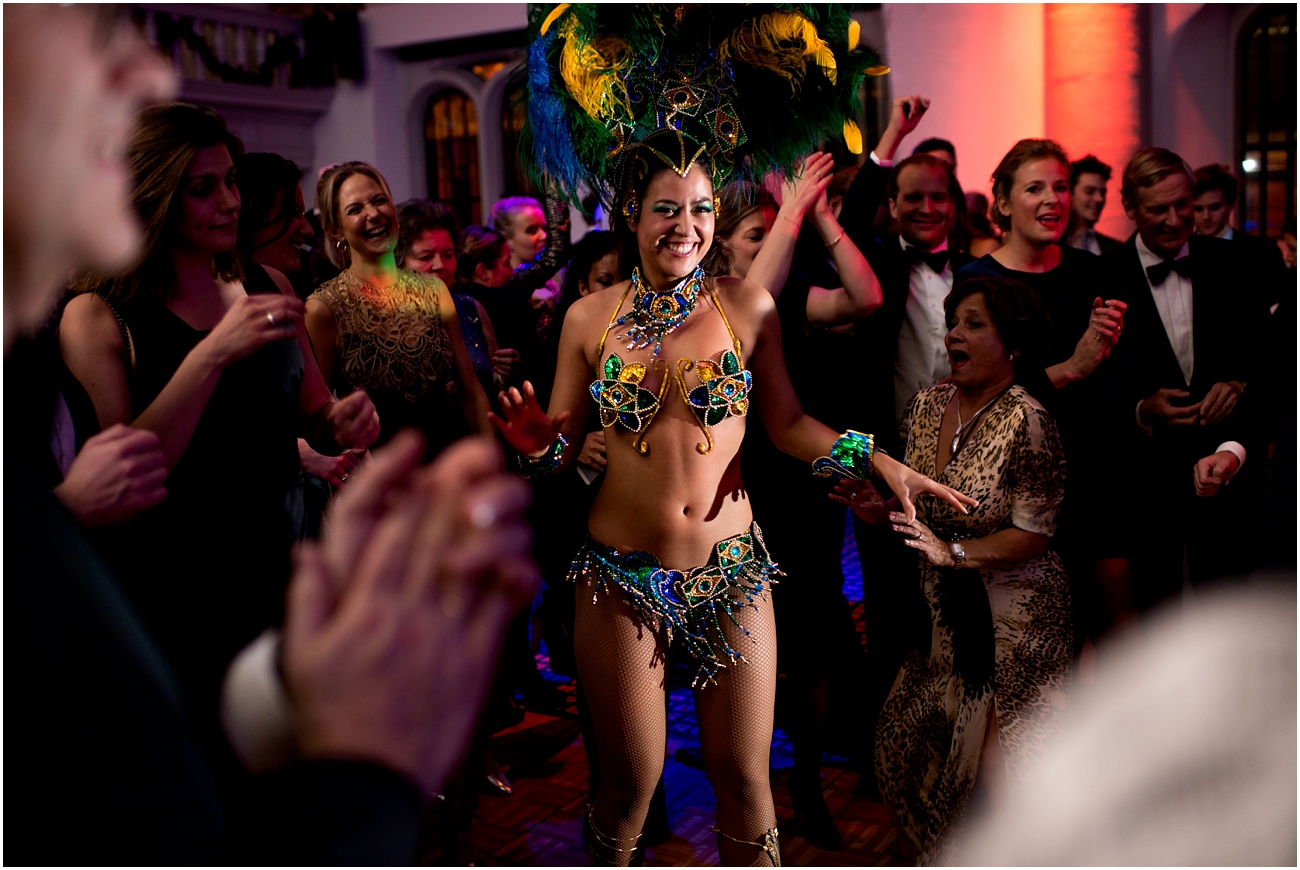
Planning for good light on your wedding day
Tips and Tricks from Louise
Light is the key to creating an amazing photograph. I am thoroughly addicted to finding really wonderful light. Flattering, deep, golden hues that shine through really excite me. Sometimes when driving long distances and seeing how beautifully the light changes, I wish at times I had a couple on hand right then and there to insert into each beautiful scenario.
I gravitate and prefer to use natural light wherever possible. Natural light is subtle, flattering, warm – makes you glow, your skin shine and look smooth. It keeps you youthful and gorgeous.
Artificial light is sometimes necessary, but the quality is different, not as full of glow. The only time I will need to use flash is during the evening reception and to illuminate the dancefloor. I wish to capture the day as a true reflection and lighting is a vital piece of my handiwork. My use of flash is very soft and subtle, mixing with the already available ambient light to create a natural feel.
Tips for Finding the Light
Preparations
Request that your makeup artist set-up in front of a window where the light is most natural. Don’t worry so much about a mirror, it’s far more important to be in front of a good light source which will benefit both the photographer and makeup artist. You can have a hand held mirror nearby to check their work throughout the morning.


The Ceremony
Outdoor ceremonies are amazing, but harsh direct sun can really put a damper on your photographs. To avoid squinting and harsh shadows, planning for less direct sun or considering some form of shade is a good plan. Time of day is crucial in avoiding these harsh rays. Ideally avoid the hours between 12 p.m. and 3 p.m. during the summer months or when having a destination wedding.
Indoor ceremonies pose their own set of obstacles. If you are having the ceremony indoors, buildings with large windows can improve the dispersion of available natural light tremendously. The positioning is perfect in front so as to not back light or cause issues of overexposure or silhouettes. In darker churches where flash is prohibited, my arsenal of lenses come in handy to capture as much of the available light as possible.



Portraits and Group Photos
Unfortunately, timing is not always perfect. Portraits and group photos tend to be scheduled when the sun is at its strongest and highest in the sky producing overly harsh light. To avoid these harsh shadows and intense squinting I aim to shoot in the shadows of buildings, trees or shoot backlit.



The “Golden” Hour
The golden time is an hour before sunset. I always advise my clients to take advantage of this beautiful time. The sun is at its lowest in the sky and emits this warm glow creating the most flattering light producing outstanding romantic portraits. This is a short session 10 to 20 minutes at most, to capture this memory.


Inclement Weather
Not a perfectly sunny day? Not to worry, whether overcast or raining, It’s possible to achieve wonderfully lit photographs. The clouds act as a giant soft box which creates flattering soft light. If the weather is too wet and not cooperating, I use natural and directional window light. The result is very dramatic, but beautiful.




Backlighting
Softer afternoon light is the best time to consider a backlit approach. Positioning myself to stare directly into the sun, and compensating by over exposing to the facial tones produces a wonderfully flattering effect. A gentle rim of light appears around the client – wonderfully breathtaking.


Off Camera Flash
During the reception the ambient light will need a bit of help. To create a more natural look, I set up auxiliary flash units that bounce off the ceiling or wall to light you and your guests.


Reception
My recommendation is to always consider using various types of lighting within your marquee or outdoor area to add a romantic feel and enhance your photographs. Sprinkling lights in the background can really help produce an interesting photograph. Fairy lights are an absolute favourite of mine because they add a blurred background commonly known as bokeh in the world of photography. Lanterns or large lights with the couple’s initials help to add warmth and uplighting a marquee can make all the difference.


Party
Don’t forget to ask your DJ what kinds of lighting he or she intends on bringing to the wedding day. Absolutely no laser lighting – this produces unflattering red or green spots on everyone. Coloured up lighting is a go around the dance floor and can add depth to your photographs. My use of flash will freeze the action, but I make sure to not overdo it to maintain ambiance of the room.



